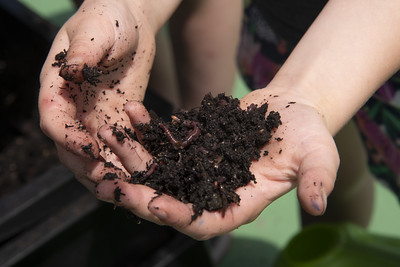
Vermicomposting
Students create a worm bin which will serve as a basis for investigations about ecosystems, life and nutrient cycles, and decomposition.
The National Agricultural Literacy Curriculum Matrix is a free database of standards-based lesson plans and resources for K-12 educators that use agriculture as a lens for teaching science, social studies, career and technical education, and nutrition.

Students create a worm bin which will serve as a basis for investigations about ecosystems, life and nutrient cycles, and decomposition.

Students investigate soil texture and determine the texture of several soil samples.
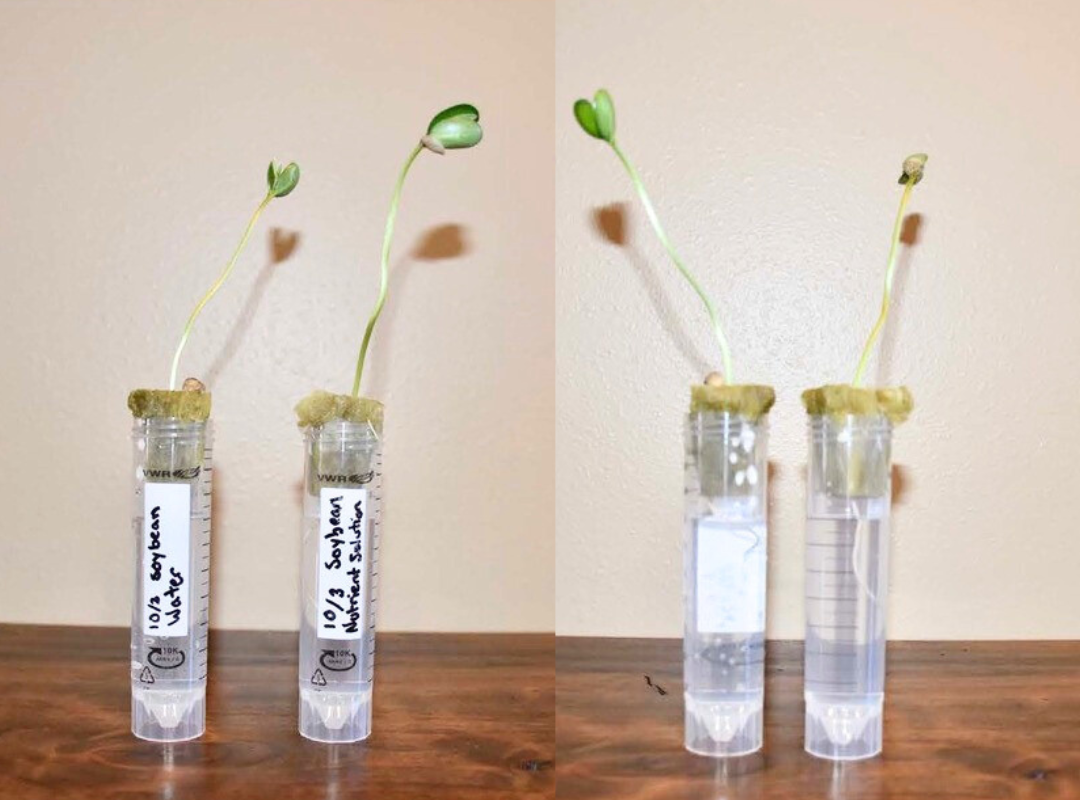
Investigate the importance of nutrients to support plant growth and discover how plants grow without soil by growing and observing plants in a test tube hydroponic system.

Students will understand how photoperiodism impacts plants and animals in the environment and learn how egg farms use this science to manage the laying of eggs by their hens.
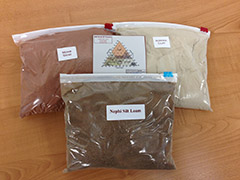
This is a great kit for teaching students about soil textures. The kit includes two cups of sand, two cups of silt, and two cups clay. All of the soil samples are from the state of Utah and are representative of the Intermountain Region, although the mineral content may be different, the particle sizes are true to soil texture type and can be used by other states for demonstration purposes. Order this kit online from agclassroomstore.com.
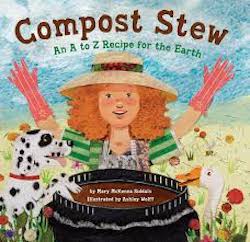
From apple cores to zinnia heads, readers will discover the best ingredients for a successful compost pile. How do you start a compost pile? What's safe to include? This book provides the answers.
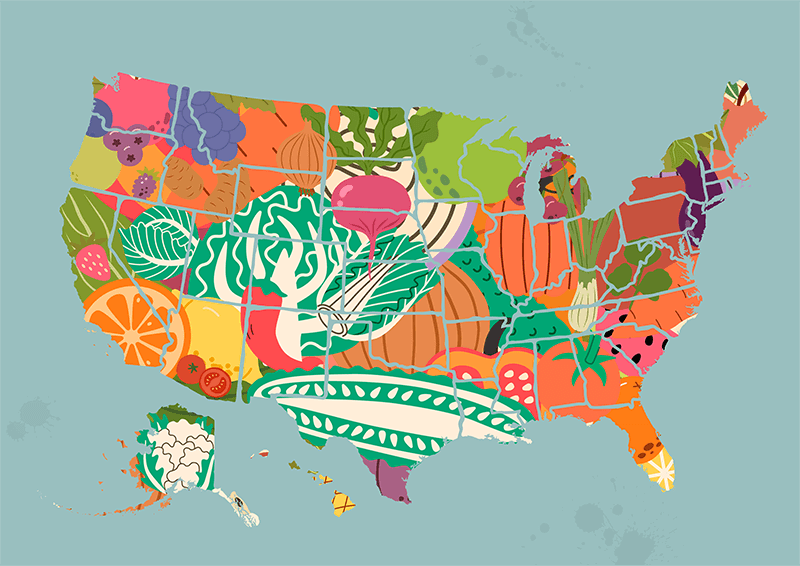
Students explore their state's specialty crops, discover how food gets from the farm to the table, and discuss the importance of eating fruits and vegetables every day.
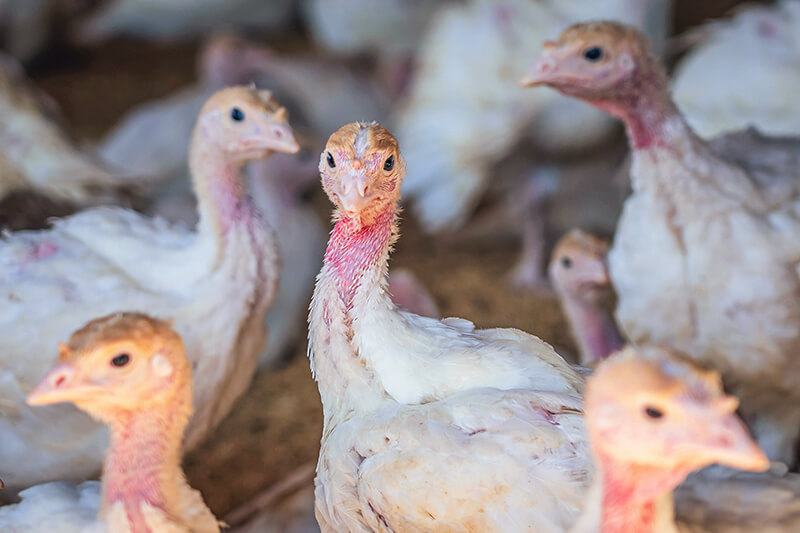
Students investigate the domestication and life cycle of the turkey, discover how turkeys are raised on farms, and identify turkey products.
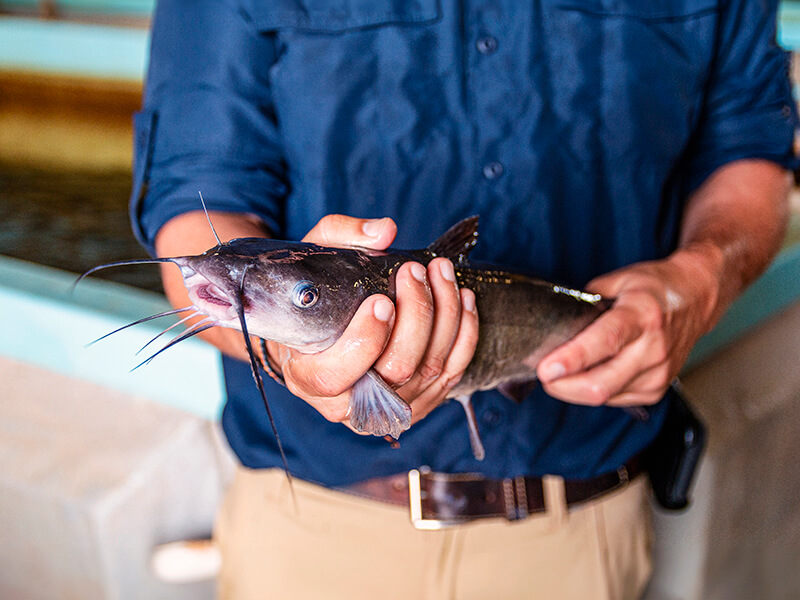
Students investigate a variety of aquaculture food products, discover how and where they are grown and raised, and explore their nutritional benefits.
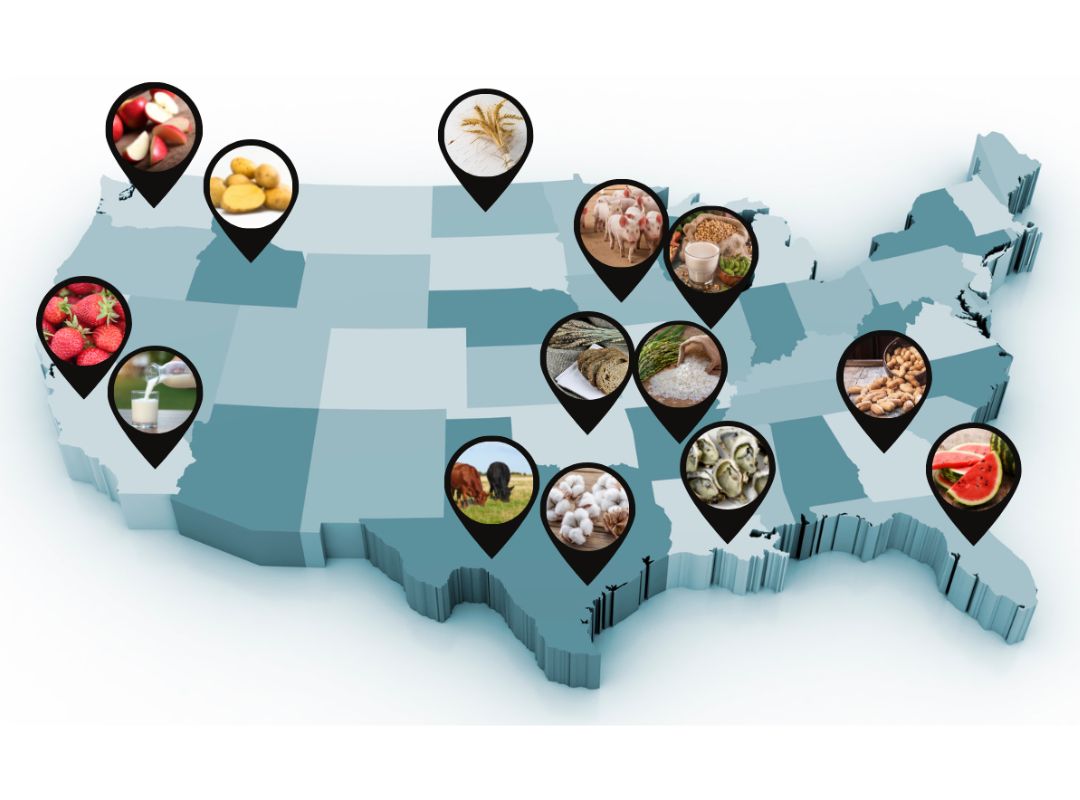
Students will discover how geography and climate influence the crops that are grown and the livestock that is raised in each state.
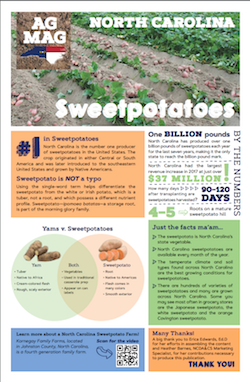
The Sweetpotato Ag Mag is an agricultural magazine written for elementary and middle school students. In this issue, students will learn that North Carolina is the #1 producer of sweetpotatoes in the United States and how the root vegetable was introduced to the nation. They will also explore the life cycle of the sweetpotato plant, its health benefits to humans, the STEM-focused processes for growing, harvesting, and curing sweetpotatoes, visit a fourth-generation sweetpotato farm, and investigate three careers that involve sweetpotato production. The reader can be viewed by students electronically on individual devices, as a class with a projector, or printed.
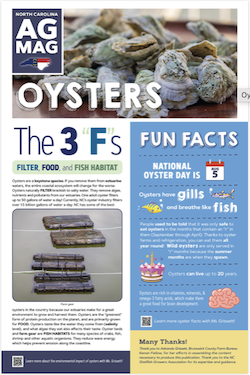
The Oysters Ag Mag was written for elementary, middle, and high school students. In this issue, students will learn about the life cycle of oysters and their importance to coastal ecosystems. Students will discover the many ways to eat oysters, and how where they are grown affects the taste. They will learn the differences between wild and farmed oysters and vocabulary specific to oyster production. This reader includes a map of where oysters are grown in North Carolina. Visit the National Oceanic and Atmospheric Administration's Fisheries webpage to learn more about US-grown oysters. The reader can be viewed by students electronically, as a class with a SMARTboard, or printed.
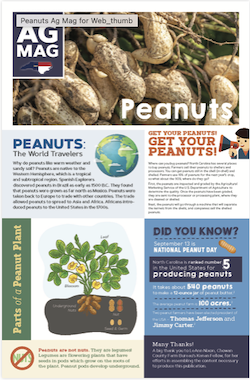
The Peanuts Ag Mag was written for elementary and middle school students. In this issue, students will learn about the history and origin of peanuts and how peanuts are grown, harvested, and sold. They will learn about the life cycle of the peanut plant, and pests that affect the plant. They will discover George Washington Carver's contribution to agriculture. This reader includes specific statistics for North Carolina and includes a map of where peanuts are grown in the state. Visit the National Peanut Board to discover if your state produces peanuts and learn more about America's peanut production. This reader can be viewed by students electronically, as a class with a SMARTboard, or printed.
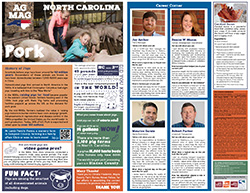
The Pork Ag Mag was written for elementary and middle school students. In this issue, students learn about the history of domesticated pigs, the life cycle of a pig, careers, fun facts, and more. This ag mag includes specific statistics for North Carolina, the 2nd largest pork producing state. Visit the Interactive Map to discover where your state ranks in pork production. The reader can be viewed by students electronically on individual devices, as a class with a projector, or printed.
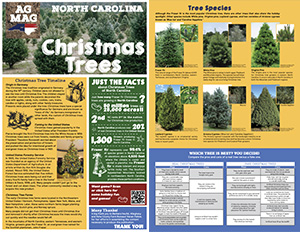
The Christmas Tree Ag Mag was written for elementary and middle school students. In this issue, students will learn about the origin of the Christmas tree tradition, discover different varieties of evergreen trees, identify pests that can damage trees, explore careers, and other fun facts. The ag mag includes specific statistics for North Carolina, the 2nd largest producer of Christmas trees. Visit the Interactive Map webpage to discover if your state produces Christmas trees. The reader can be viewed by students electronically on individual devices, as a class with a projector, or printed.
Let us know if you have an idea you'd like to share for a new lesson plan or companion resource.
Download a CSV spreadsheet containing the vocabulary words used in the Curriculum Matrix.